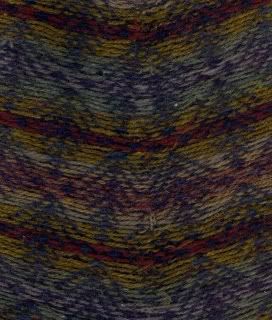AuntieAnn asked the following question yesterday:
Picking up stitches seems to me to be one of those under-documented areas of knitting — which leg, or both legs? To twist, or not to twist? I wish I knew a way to pick up stitches where the back side looks as nice as the front. Any tips there, retired finishing pro?
I truly believe that picking up the sts around a neckline or front band can really make or break the appearance of the finished garment. I am very fussy about the way the picked up edge looks — and I generally don’t give a rat’s patootie how the edge looks on the non-public side. The exceptions are when the inside of the garment may be viewed by others: like a state fair judges OR, in the case of some collars, if they flip open so the inside is visible.Â
When I pick up a standard neckline, I pick up as deeply into the garment as I need to to get a perfect edge. I really don’t care if there is bulk that goes to the inside. What matters to me is how it looks on the public side. I go through the entire thickness of fabric because this tends to make a tighter and nicer looking edge. And I never twist (though I might for a sock gusset).
Here’s an example of a very standard neckline, with any bulk being covered by the turned in edge:
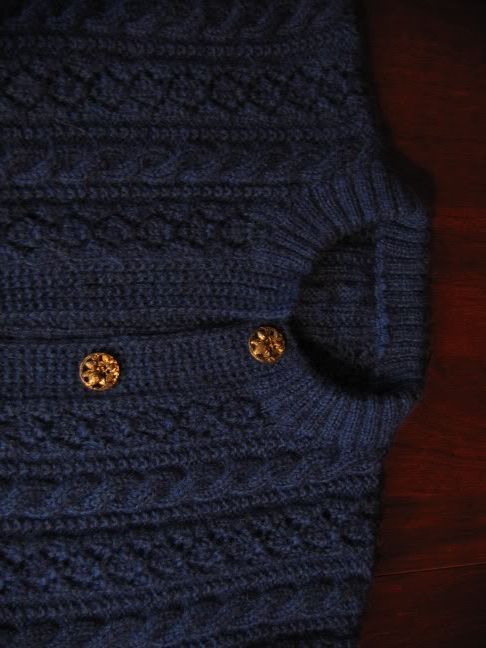
There are occasions with a cardigan when the front could flip open and the inside of the collar might be seen. Several years ago I knitted the Berry Tree Cardigan (AS, Stillwater) for my daughter.Â
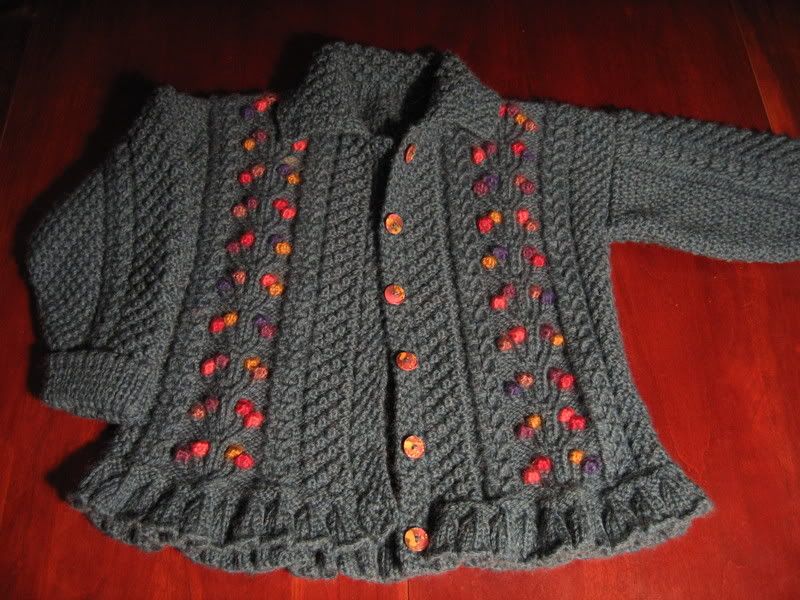
I experimented with a number of pick ups for the collar but there was always a bulky line on the inside, which I was afraid could be seen if the cardigan was unbuttoned.Â
I invented (? — at least I’ve never seen it anywhere else) the following technique for this situation. I’m not saying it’s perfect. The picked up edge from the public side does not look as nice as a standard pick up, but the non-public side looks better. It’s a trade off.
Â
Susan’s Circular Needle Cast On
Use a circular needle the size needed for the collar. Without cutting it from the ball, pull a length of yarn long enough to make all the sts needed for the pick up row of the collar (approx. 4-5 times the length of the neck opening). Thread the end through a blunt tapestry needle. Lay one end of the circular needle along the neck edge and make evenly spaced sts with the tapestry needle. The sts will not pull out easily as with a regular pick up row. To undo the sts, you’ll need to pull each out separately.
Use safety pins to mark off sections to help you with spacing. Once all the sts are on the needle, start knitting from the other end of the needle with the yarn attached to the ball. This method will not work well with yarn that is extremely nubby or frays easily.
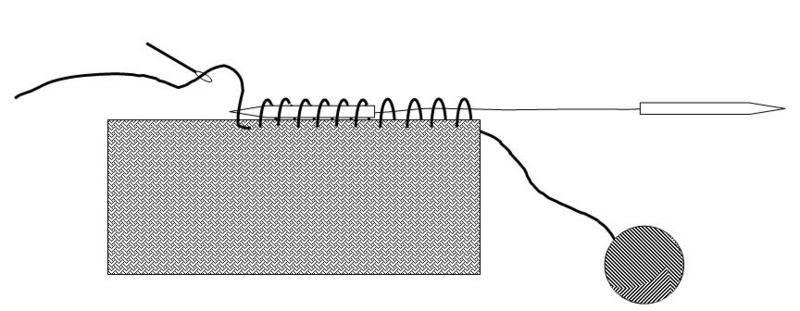
 Here is a picture of the collar:

Here you can see both the right side and the inside edges. Like I said, not as beautiful as it could be on the outside, but it is totally reversible.Â
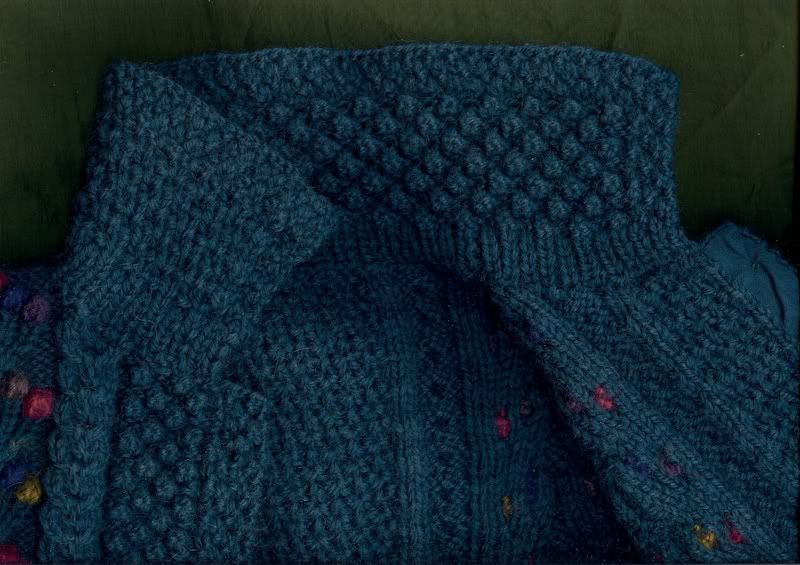
I don’t use this method very often because IÂ prefer the right side to look nicer, but it is an option in certain situations.
As for my knitting tonight, I got very little done. I worked solely on the lil Lady Bug sweater. My friend has a deadline so that means I have a deadline ;).Â
And where the @@##$%%$#@@!##$%#@@ is my Peacock Yarn?????
Addendum: I have heard of the method that Brigid describes, but I have never used it. It seems like it would work well. You pick up normally on the right side and then pick up the same number of sts on the wrong side, through the loop of the picked up st if possible. You knit in the round until you get past the edge of the garment and then k2tog to join the front edge and the back edge into one. It essentially covers the edge. It can be bulky with heavy yarn, but would look very finished.
Michele with 1L asked about how I choose what to enter in the fair. I knit what I like, but will sometimes time the project so that I have something to enter. You can only enter one item per category, so if I was trying to choose between knitting a hat or mittens and I already made mittens that I was going to enter, I might make the hat instead. I also hold items that I finish one year until the next if I already have something for that category. That means I have to wear it carefully for the whole year so it doesn’t look trashed and worn out. But I do focus on projects I will enjoy knitting and/or wearing above all, and the fair is just a side benefit that’s fun to do.
And do I know what the judges are looking for? I wish!! The years I think I’ll walk away with everything, I usually get skunked and then they’ll surprise me another year!
Â

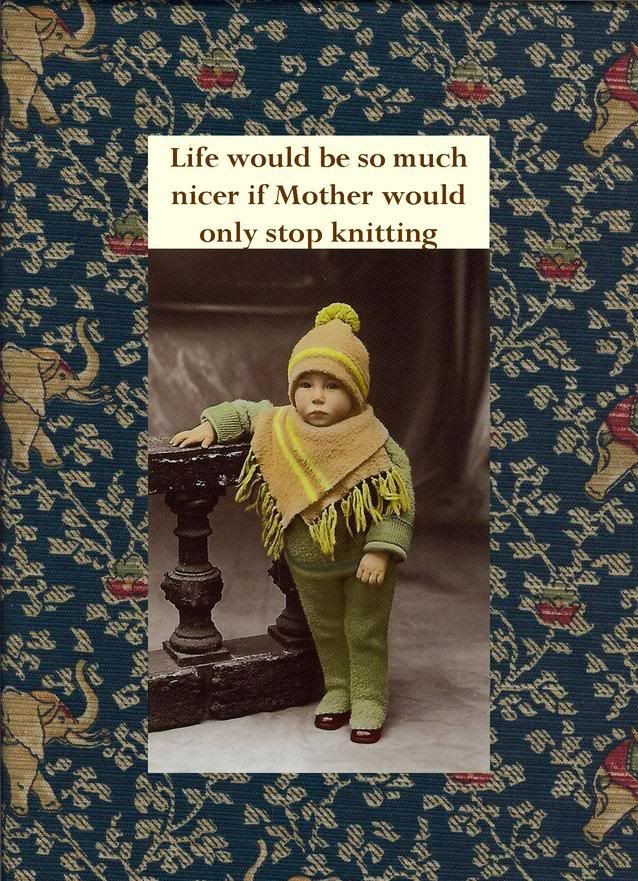

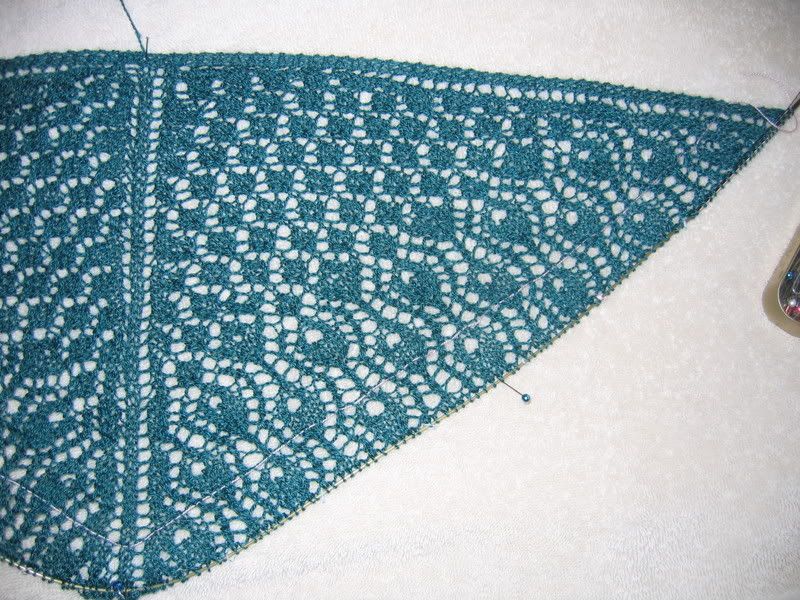

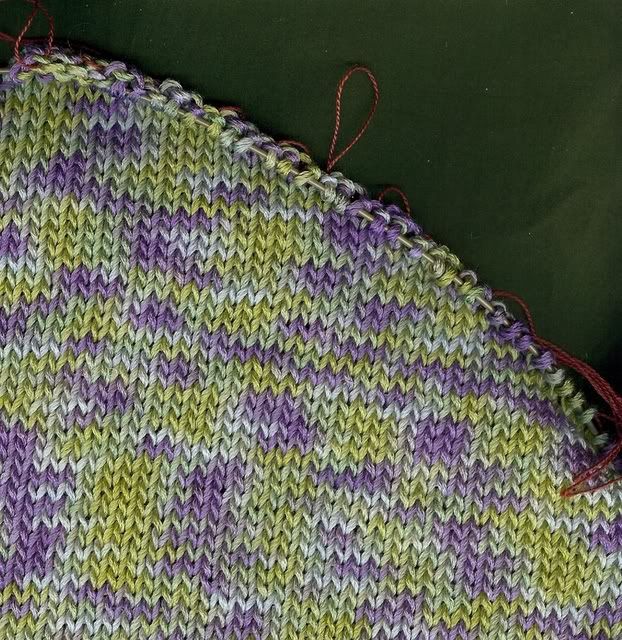
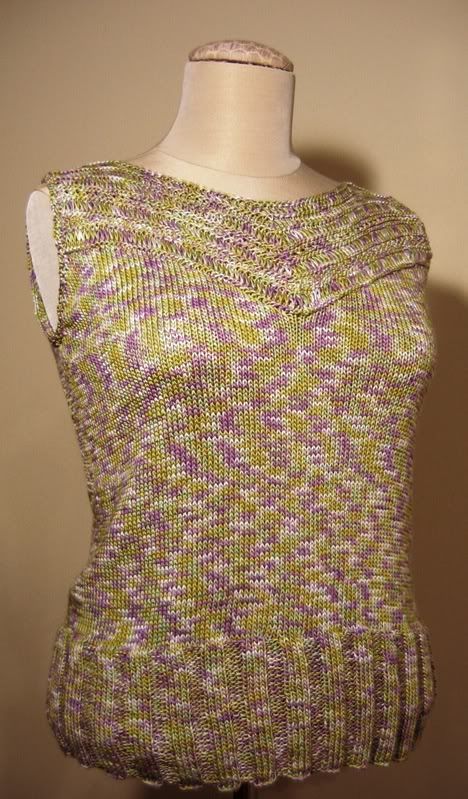

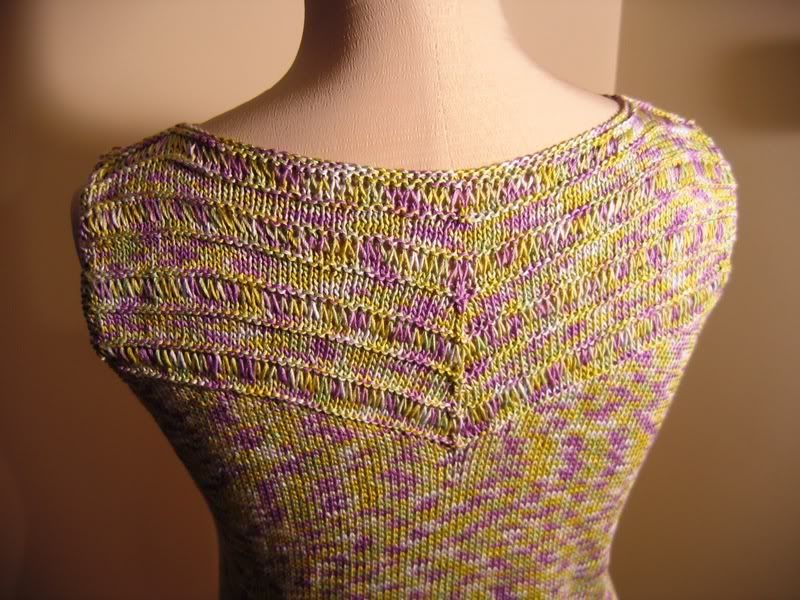
 Bless me Father, for…….
Bless me Father, for…….
















